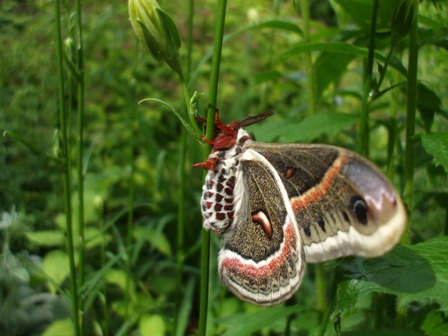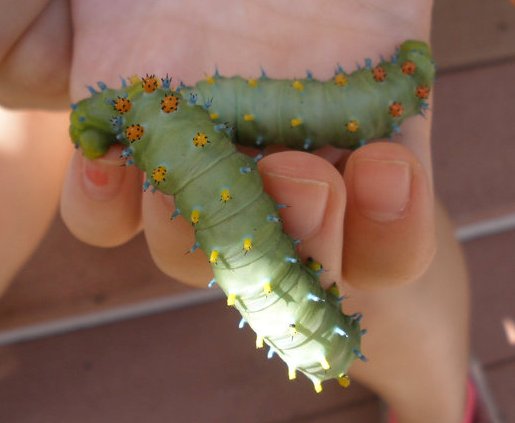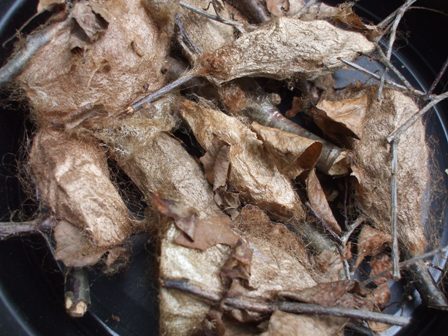 You may have seen the story in the Boston Globe on August 13 about how monarch butterflies have been hard to find at Mass Audubon’s Boston Nature Center. Monarchs may be our most popular and well-known insects, and this is the time of year when we should be seeing their familiar orange and black wings over gardens. But observers all across the state say they’re spotting very few of them.
You may have seen the story in the Boston Globe on August 13 about how monarch butterflies have been hard to find at Mass Audubon’s Boston Nature Center. Monarchs may be our most popular and well-known insects, and this is the time of year when we should be seeing their familiar orange and black wings over gardens. But observers all across the state say they’re spotting very few of them.
Is this a sign that monarchs everywhere are in trouble? And if so, why? The answers to these questions aren’t as simple as you may think.
A Closer Look at Monarch Numbers
The number of monarch butterflies in Massachusetts fluctuates from year to year, and when the insects are scant here, they may be numerous elsewhere. We have to be careful about using our local sightings to talk about the overall health of the species.
However, we do know that observers in nearby areas, such as eastern Canada, Vermont, and New Jersey, are also reporting low monarch numbers this year—what we’re observing here may be part of a larger pattern.
Perhaps most alarmingly, the monarch population hit a record low at its overwintering sites in Mexico, down 59 percent from the previous year’s December count—and researchers have documented declines there in six out of the past seven years.
Threats to Monarchs
There are many reasons why monarch numbers may be dropping. Because they travel over such a wide area and spend time in different habitats, they’re vulnerable to environmental change all along their route. Here are some issues:
- Habitat destruction in Mexico, where monarchs winter, has historically represented a major threat.
- They’re sensitive to extreme weather; they don’t do well if it’s too hot or too cold, too dry or too wet.
- Monarchs are very specialized—they only lay eggs on milkweed. These plants have declined in the central and mid-western states’ expansive corn and soybean fields due to changes in farming practices, such as new developments in herbicides.
Learn More
Consider participating in one of our upcoming programs about monarchs and other butterflies. We’ve got butterfly walks for both kids and adults, where you’ll learn about their life histories and favorite plants, and hopefully glimpse some monarchs.
You can also participate in research programs at Ipswich River Wildlife Sanctuary in Topsfield, Allens Pond Wildlife Sanctuary in South Dartmouth, and Wachusett Meadow Wildlife Sanctuary in Princeton. You’ll learn how to “tag” monarch butterflies, applying tiny stickers to their wings as part of a continent-wide research effort to track their travels.
Have you seen any monarch butterflies this year? If so, tell us where and when in the comments.


 If you’re under the impression that moths are dull creatures who eat holes in sweaters, you haven’t encountered a giant silk moth.
If you’re under the impression that moths are dull creatures who eat holes in sweaters, you haven’t encountered a giant silk moth. 

